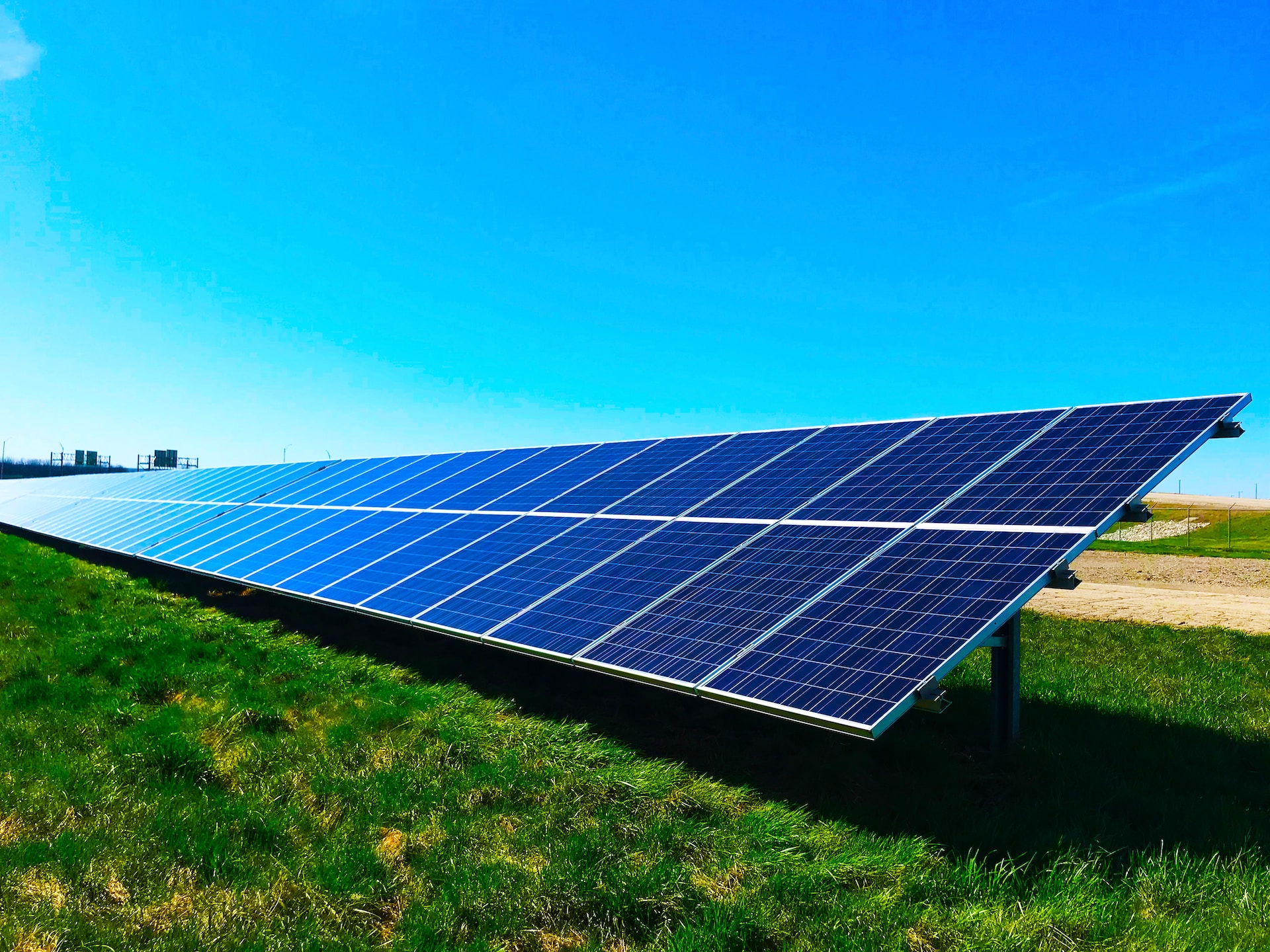Did you know that the global solar farm market size for 2022 was 73.68 billion dollars? This staggering figure is just the beginning of the solar power revolution. With a compound annual growth rate (CAGR) of 17.51% expected between 2022 to 2030, this market is set to become one of the fastest-growing industries worldwide.
With such an increasing demand for renewable energy, commencing a solar farming business is an excellent opportunity. It’ll help you positively impact the environment while generating lucrative returns.
However, just with any other business, it can be a daunting task to get started. In this article, we will discuss some essential tips for succeeding in the solar farming business.
Contents
Identify a Suitable Location
To set up a successful solar farm, you require a location with abundant sunlight throughout the year. For this, it’s crucial to consider solar irradiation– the amount of solar energy reaching a specific area.
The location should also have a relatively flat terrain to allow for easy installation of solar panels. It’s essential to check for any obstructions, such as buildings or trees, that could shade the panels and reduce their efficiency.
The location’s proximity to a power grid is also important, as it will facilitate easy connection to the distribution network. By choosing the right location, you can maximize the potential of your solar farm and increase its profitability.
Understand Solar Farming Land Requirements
After selecting the location, the next step is to learn about the latest Solar Farm Land Requirements and build your project accordingly. It’s important to note that various regulations are in place to ensure the safety of the environment, local community, and project. These regulations govern land use, environmental impact, and local zoning laws.
Therefore, before commencing any solar project, you must consider the legal requirements associated with the specific site. For example, per the regulations, agricultural land, solar lands, and real estate sites must all adhere to building size limitations and equipment allowances.
Calculate Your Costs
Starting a solar farm requires significant investment, and it is essential to have a clear understanding of your costs. It involves estimating the total cost of your solar project, including the cost of land, solar panels, inverters, installation, and Solar Farm Maintenance. You should also consider any financing options that may be available to you.
By accurately calculating your costs, you can ensure you have sufficient funds to complete the project and generate a profit. You can consult with experienced professionals in the solar industry to help you with this process.
Partner with Experienced Professionals
Finally, partnering with experienced professionals in the solar industry can be an excellent way to increase your chances of success in the solar farming business. They can provide valuable insights into the industry and help you avoid common pitfalls. Additionally, they can assist you in navigating the complex process of obtaining permits and approvals from the local authorities.
Experienced professionals can also guide selecting the right equipment and technologies to ensure your solar farm is efficient and cost-effective. Ultimately, you’ll save time, money, and resources.
Final Words
Breaking into the solar farming business requires careful planning and execution. It is essential to identify a suitable location, calculate costs, and market your solar farm effectively. Following these essential tips can set up a successful business and build a brand name.





